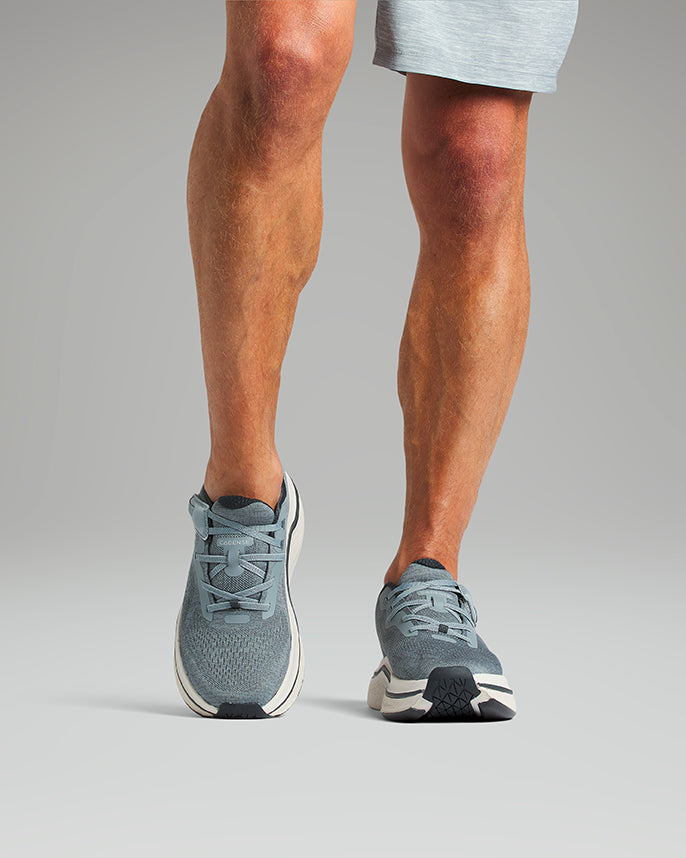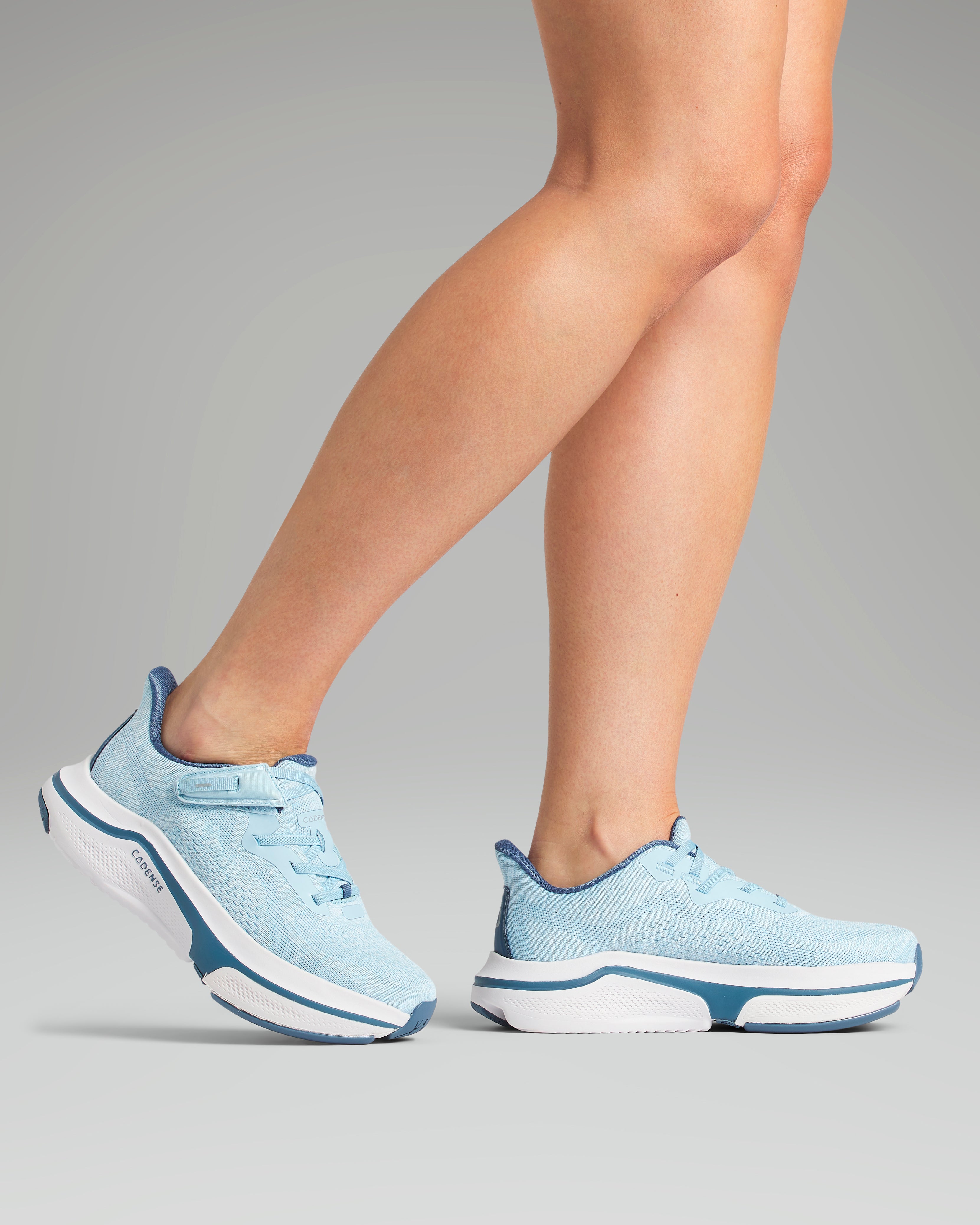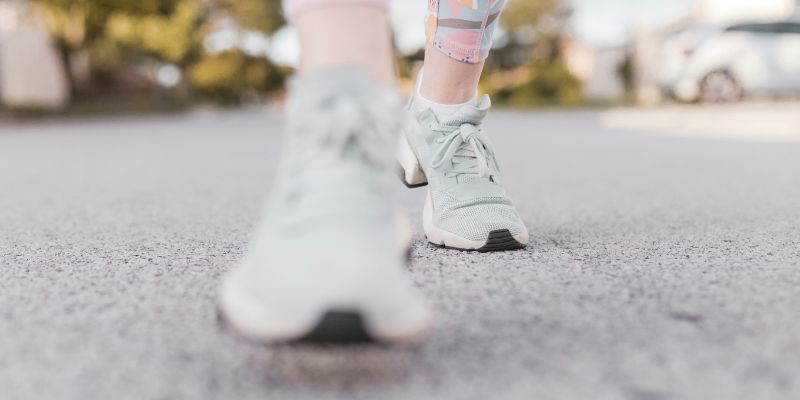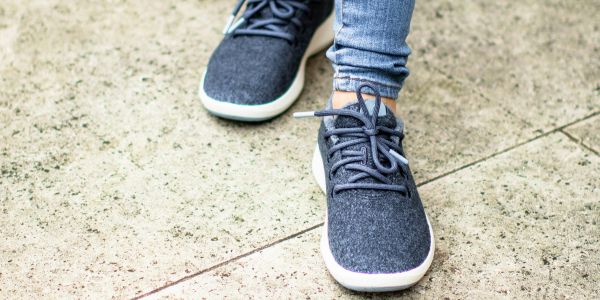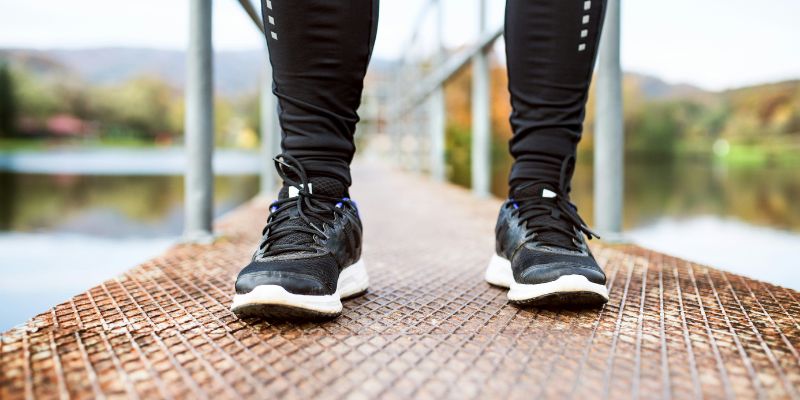
What to Look for in Trainers for Adults with Cerebral Palsy

For adults living with cerebral palsy, muscle stiffness—also known as spasticity—is more than a physical challenge. It can affect mobility, independence, and overall quality of life. Something as simple as putting on trainers may feel like a daily battle, especially if the footwear isn’t designed with these needs in mind.
The right pair of trainers can do more than look good. They can support balance, reduce pain, and make everyday activities like walking, driving, or even standing more manageable. In this article, we’ll explore what to look for in trainers for adults with cerebral palsy and muscle stiffness, highlight practical features that truly make a difference, and show how adaptive trainers can transform daily life.
Why Muscle Stiffness Matters in Footwear Choice
Spasticity in cerebral palsy often causes muscles to contract and resist movement. This limits range of motion, makes steps less fluid, and can place stress on joints and tendons. Without supportive footwear, the body compensates in ways that increase discomfort, fatigue, and even the risk of injury.
For example:
-
Trainers with a narrow entry may require forcing a stiff foot into place, causing strain before the day even begins.
-
Lack of heel support may lead to ankle rolling, which affects balance and increases fall risk.
-
Thin soles can create pressure points, leading to pain after only a short walk.
This is why specialist features are essential—not just for comfort, but for mobility and independence.
Key Features to Look For
1. Wide Openings and Easy Entry
Muscle stiffness can make it hard to bend the foot or angle it into a traditional trainer. Wide openings, stretchable uppers, or designs with side zips eliminate this struggle.
Example: Imagine getting ready in the morning before work. Instead of wrestling with laces and narrow openings, a trainer with a full side zip lets the foot slide in easily, conserving both time and energy.
2. Adjustable Fastenings
Since stiffness can vary throughout the day—sometimes increasing after activity or decreasing with physiotherapy—trainers need to adapt. Velcro straps, elastic laces, or dial systems allow for quick adjustments without the fine motor control that traditional laces demand.
Tip: Look for fastenings that can be tightened securely without digging into the skin. Adjustable straps across the midfoot or ankle help distribute pressure evenly.
3. Supportive Insoles and Cushioning
Trainers for adults with cerebral palsy and muscle stiffness should cushion impact while providing firm support. Many people benefit from orthotic-friendly trainers, meaning the insoles can be removed and replaced with custom inserts.
Practical recommendation: A supportive insole with memory foam or gel can relieve pressure points. For those using orthotics, choosing a trainer with extra depth ensures the insert fits without crowding the toes.
4. Firm Heel Counters for Stability
A structured heel counter helps keep the foot in place, reducing unwanted rolling. This is especially important for spasticity, where muscle contractions may pull the foot inward or outward unnaturally.
Example: While walking on uneven ground, a firm heel counter can help prevent ankle twists, making outdoor activities safer and more enjoyable.
5. Lightweight but Durable Materials
The balance between durability and lightness is crucial. Heavy trainers can make already stiff muscles work harder, while flimsy ones don’t provide enough support. Breathable, lightweight materials allow for easier movement without sacrificing structure.
The Role of Adaptive Trainer Design
Adaptive trainers bridge the gap between traditional footwear and medical devices. Instead of trying to fit stiff, unpredictable muscles into rigid designs, adaptive trainers are built to accommodate the body’s needs.
Features such as:
-
Slip-resistant soles for safer movement on wet or polished floors.
-
Stretchable fabrics that move with the foot, not against it.
-
Extra depth for orthotics or swelling.
Case in point: A man with cerebral palsy who experiences morning stiffness but looser muscles later in the day can benefit from adjustable adaptive trainers. In the morning, he keeps them looser to avoid strain. By afternoon, he tightens them for added support while out walking.

How the Right Trainers Impact Daily Life
Walking and Mobility
The right trainers can make a noticeable difference in gait, reducing fatigue and improving confidence. For instance, someone who previously needed frequent breaks while shopping may be able to walk longer distances comfortably.
Driving
Driving with stiff muscles can be challenging if trainers are bulky or lack flexibility. Adaptive trainers with thinner, flexible soles at the forefoot can improve pedal control.
Exercise and Therapy
Physiotherapy often includes balance and mobility exercises. Supportive trainers provide the stability needed to focus on the exercise itself instead of worrying about slipping or falling.
Social Outings
Footwear isn’t just functional—it’s personal. Trainers that combine adaptive features with a modern design allow adults with cerebral palsy to feel comfortable and confident, whether at work, a family event, or simply out with friends.
Practical Recommendations for Choosing Trainers
-
Measure Twice, Buy Once: Since stiffness can change foot positioning, measure both feet at different times of day to find the right size.
-
Prioritise Ease of Use: If putting trainers on takes 10 minutes, they’ll likely stay in the wardrobe. Choose designs that reduce struggle.
-
Consult a Specialist: A physiotherapist or orthotist can recommend features specific to an individual’s walking pattern.
-
Test for Real-Life Comfort: Wear the trainers indoors for short periods before committing to daily use. Check for red spots, pressure, or slipping.
-
Balance Function and Style: Trainers don’t need to look clinical. Many adaptive brands offer modern, stylish options.
Find the Right Trainers for You Today
Finding the right trainers for adults with cerebral palsy and muscle stiffness is about more than footwear—it’s about unlocking independence. From wide openings and adjustable fastenings to supportive insoles and firm heel counters, each feature plays a role in reducing strain and making daily life easier.
At Cadense, we believe trainers should adapt to you, not the other way around. That’s why our designs are built with both functionality and style in mind, empowering every step with greater comfort and confidence.
Ready to experience the difference adaptive trainers can make? Explore Cadense’s collection today and take your next step towards freedom and ease.

